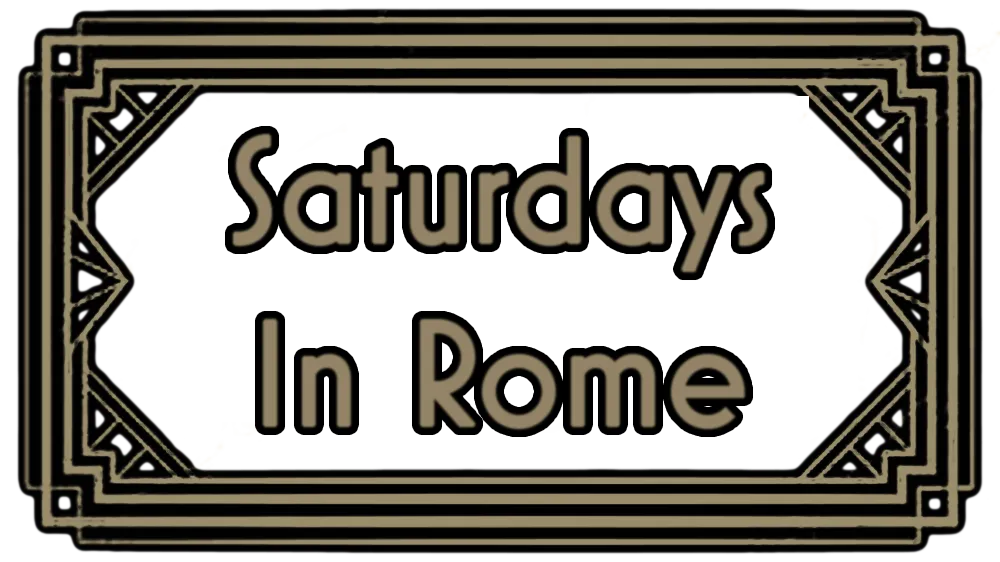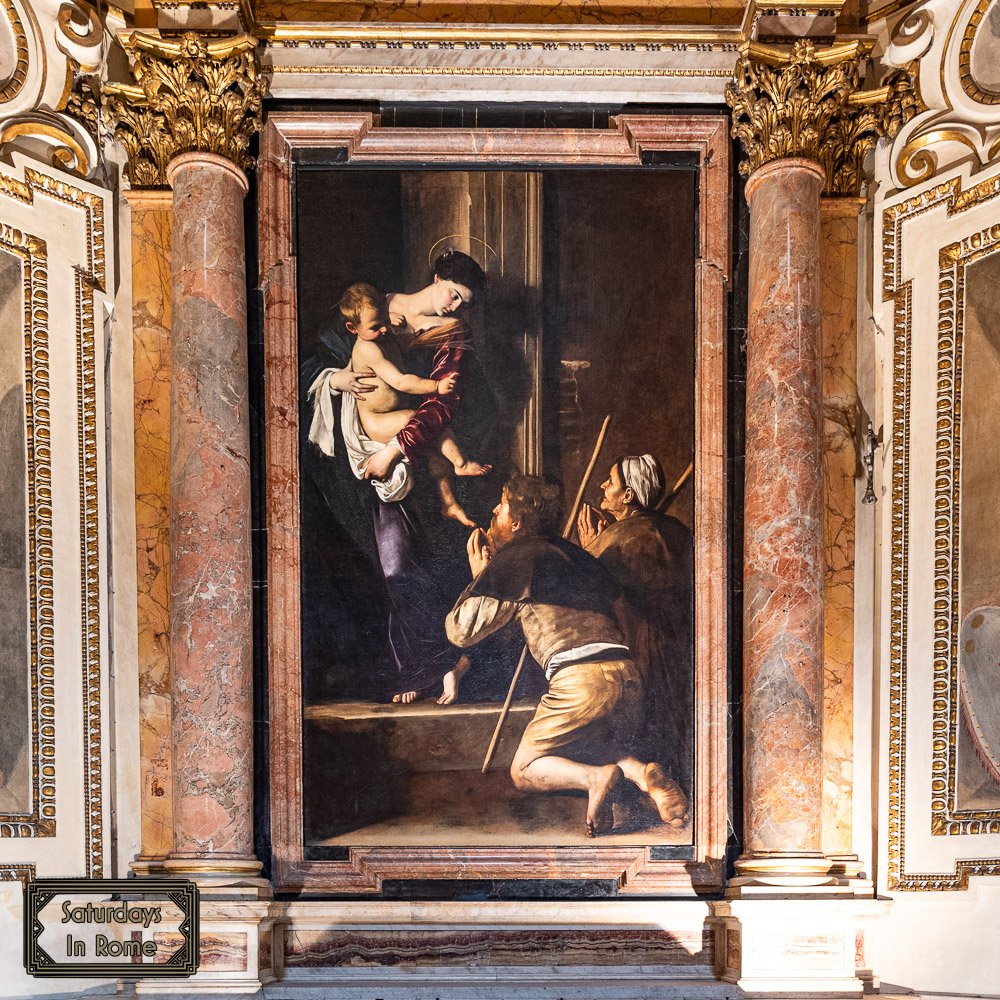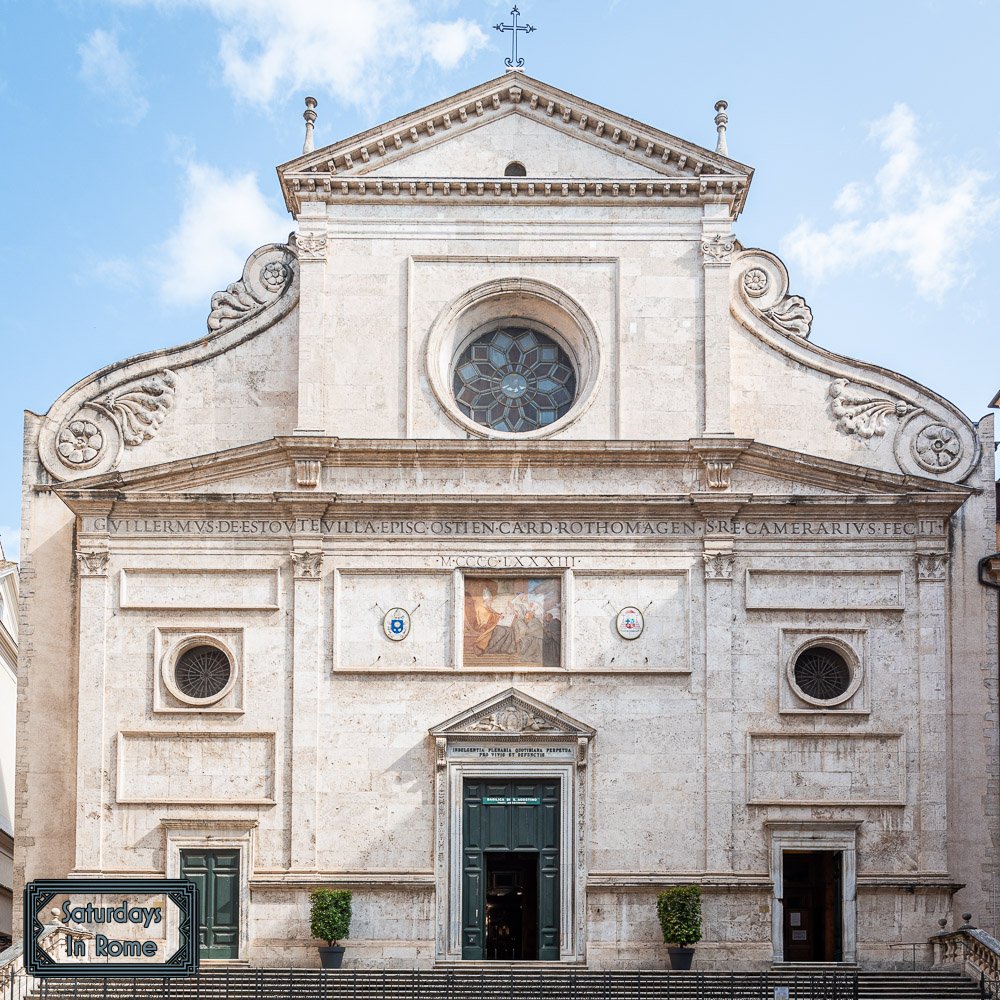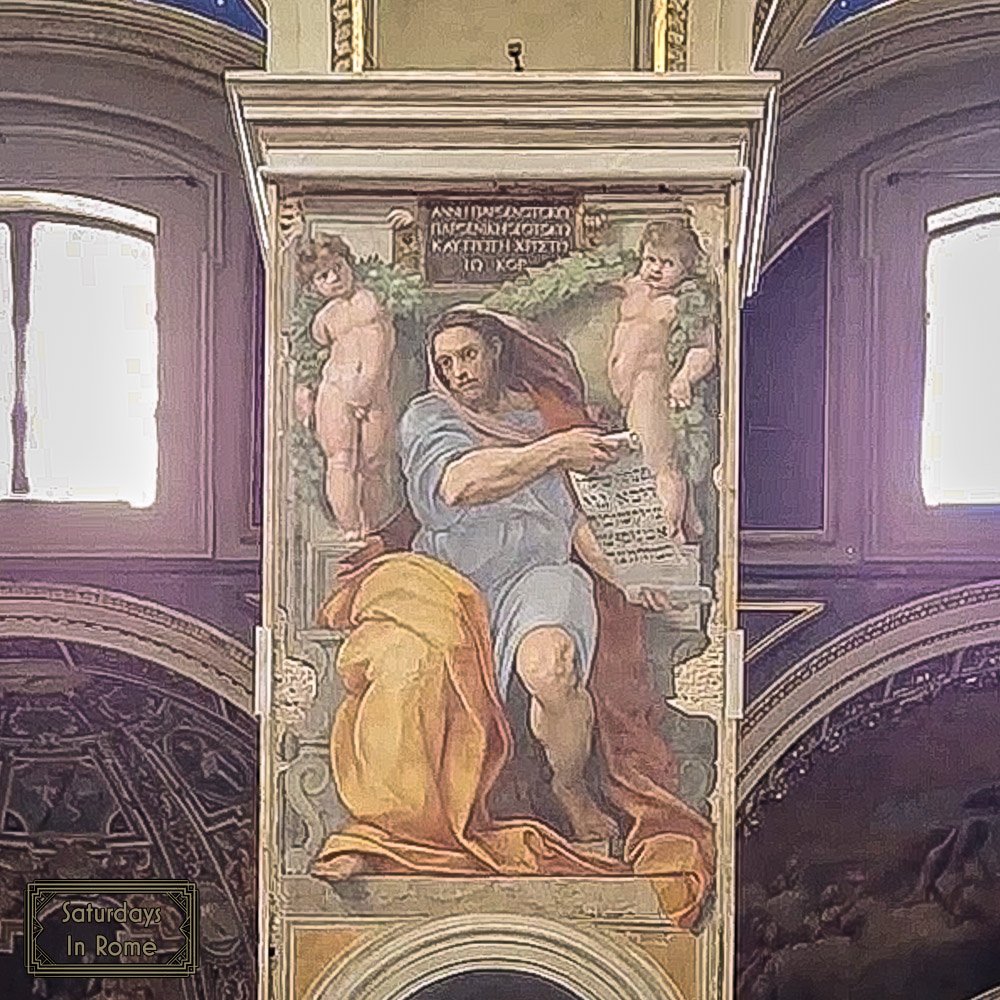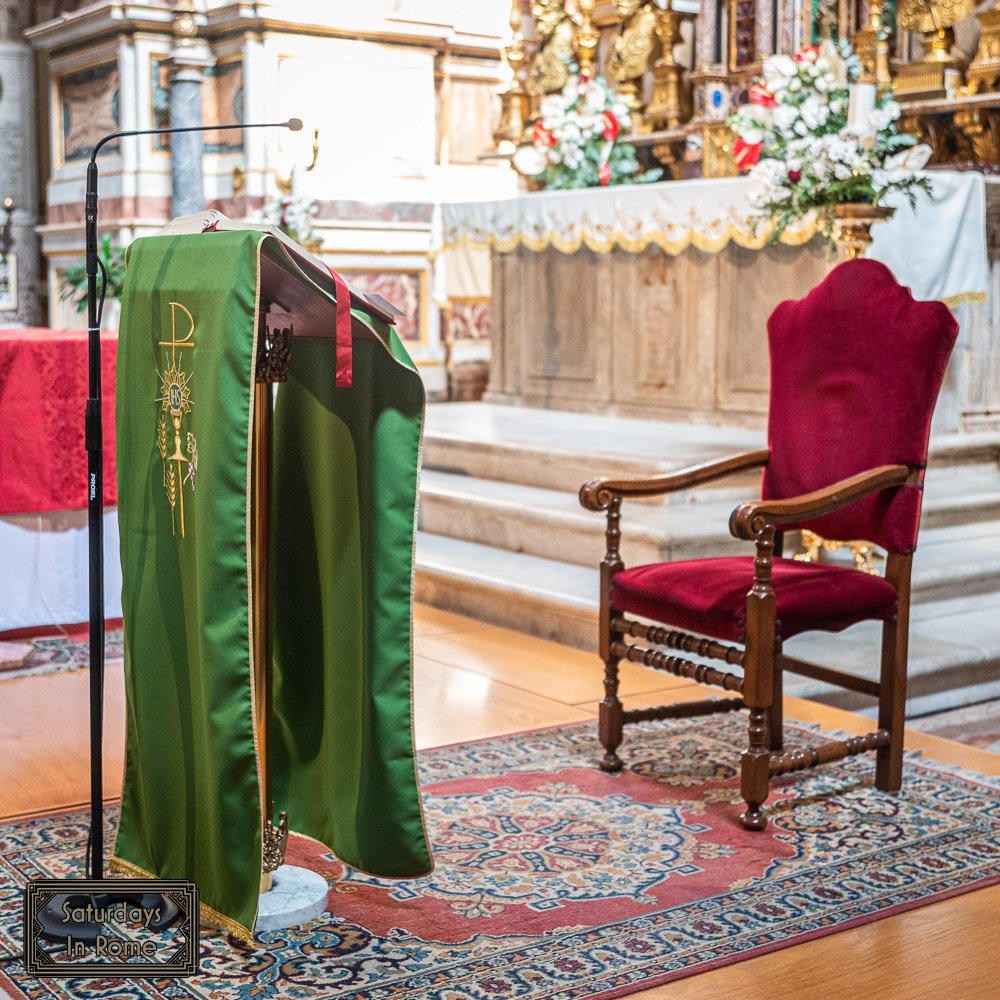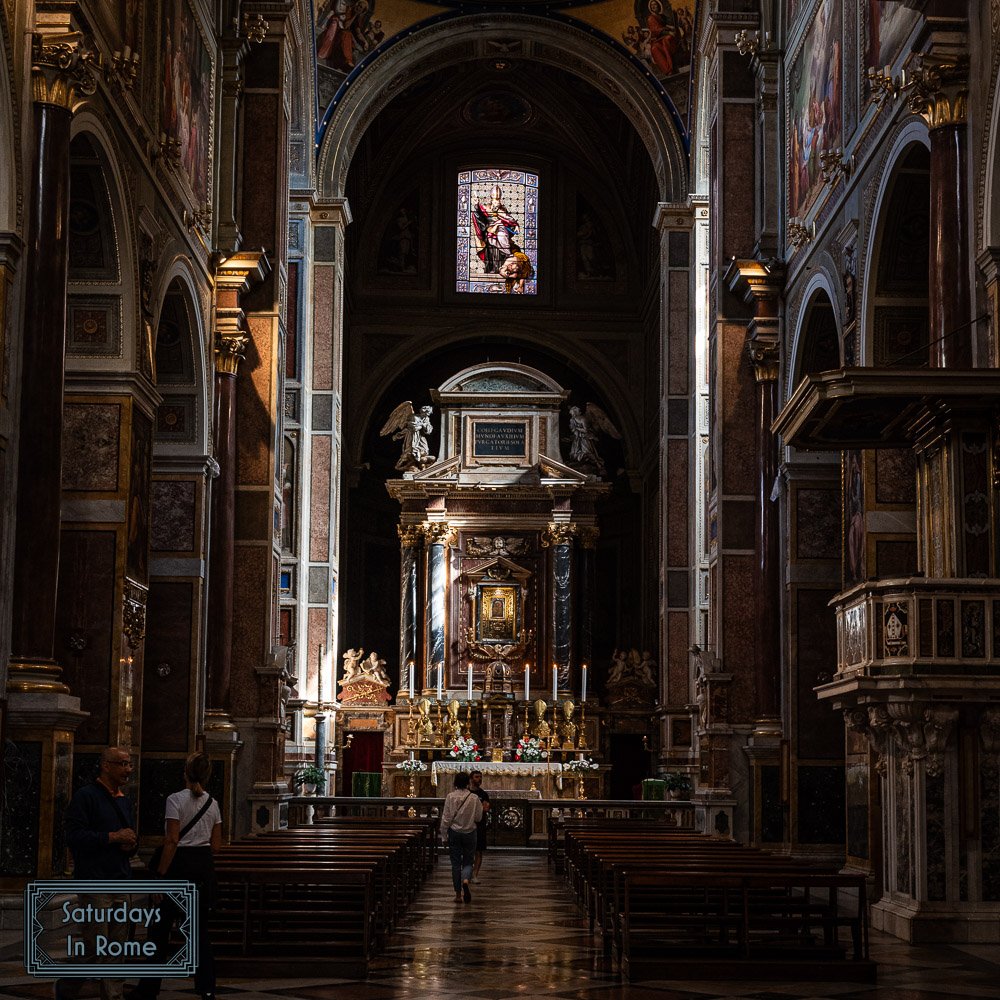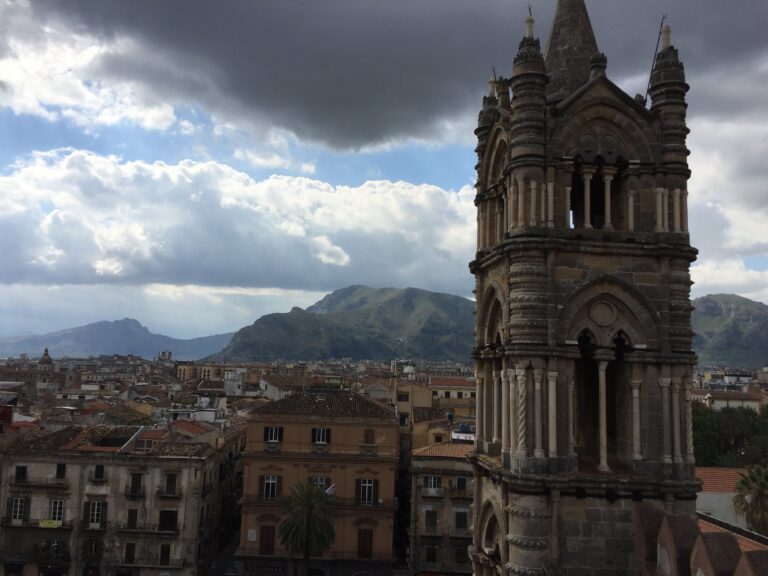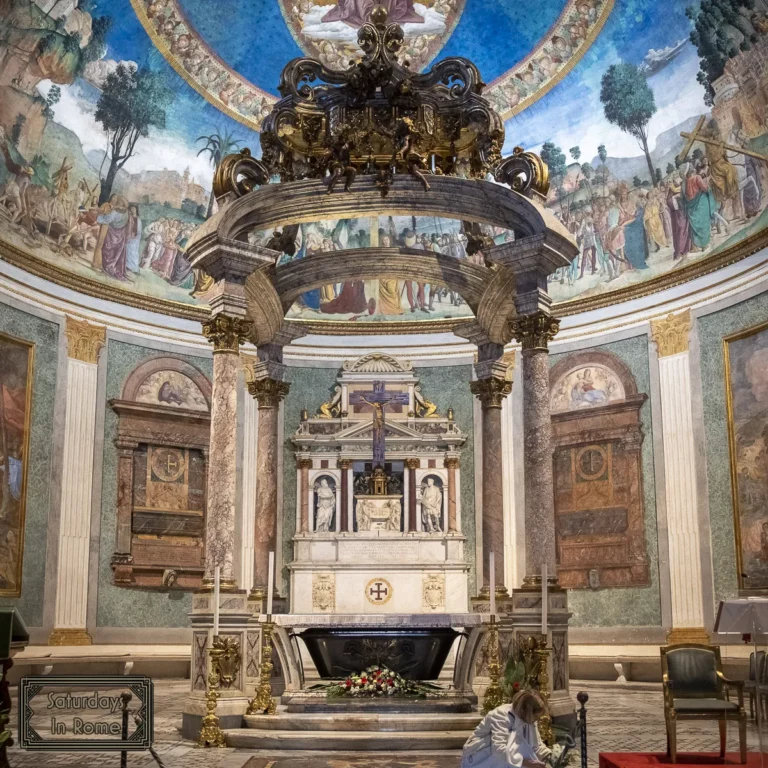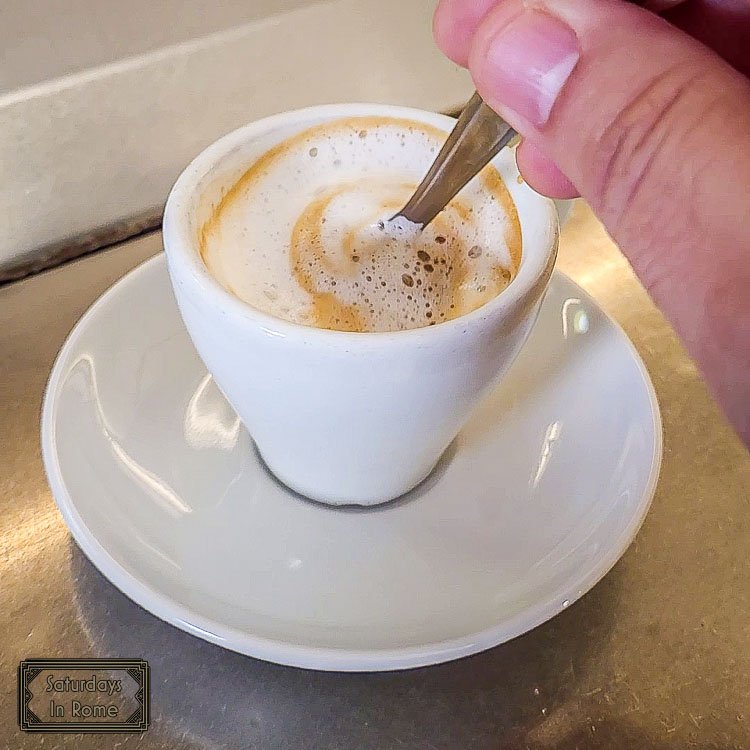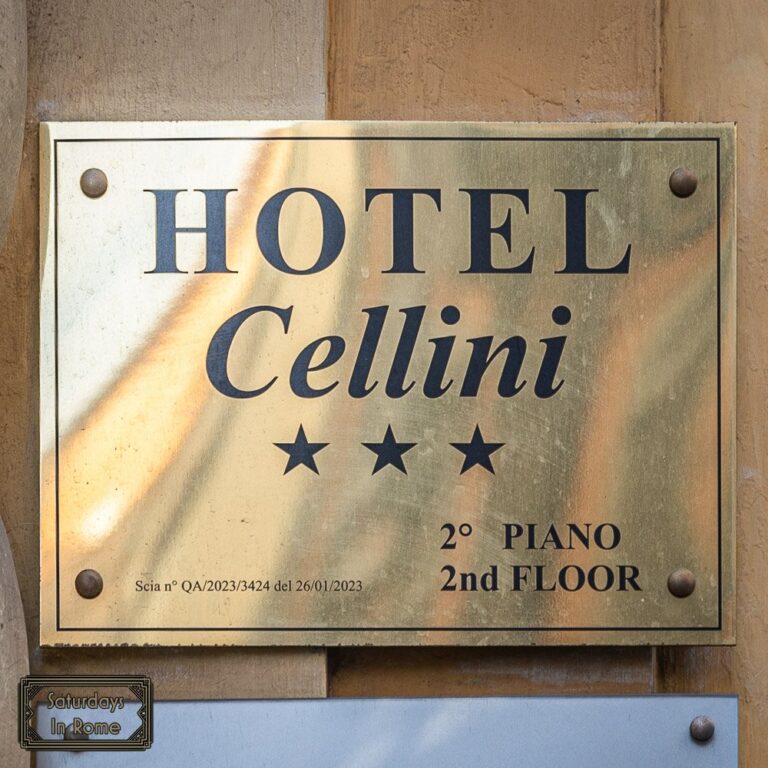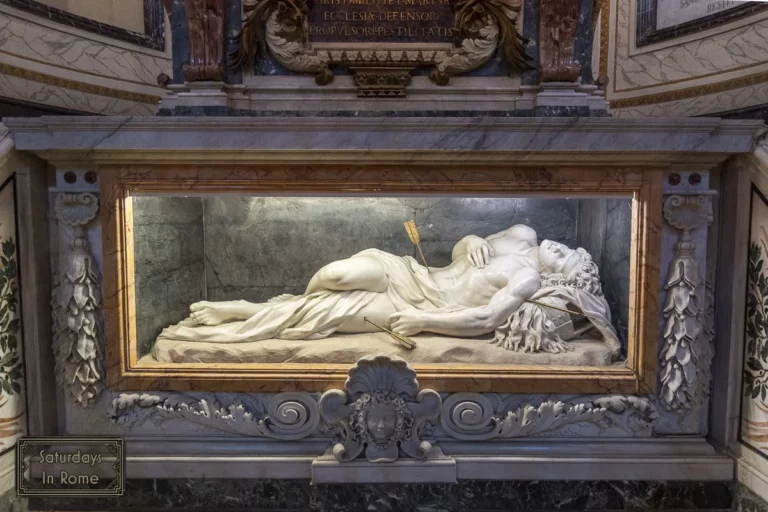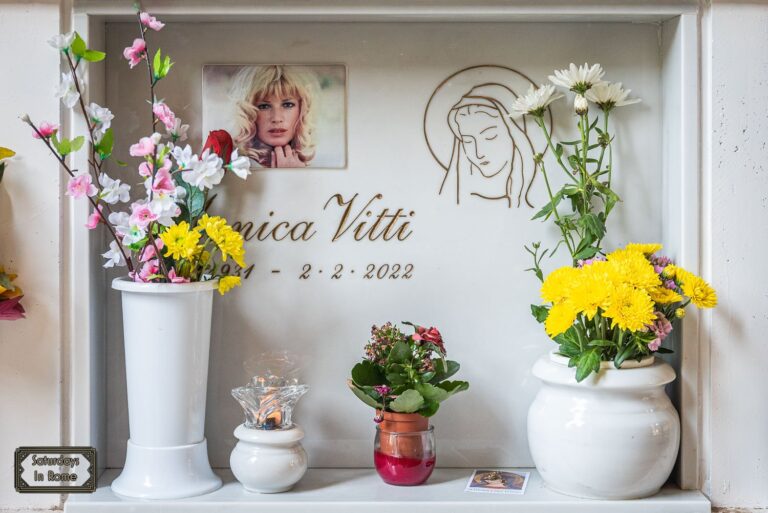The Madonna di Loreto (Caravaggio) Doesn’t Travel At All
The Madonna di Loreto (Caravaggio) is another of his paintings in Rome that are mounted in a church and never leave the wall of the basilica of Sant’Agostino.
Caravaggio’s Madonna di Loreto
Since moving to Italy I have become a fan of a couple of artists whose works really speak to me. One is Bernini, and the other is Michelangelo Merisi da Caravaggio, better known simply as Caravaggio. I have described some of my favorite paintings of Caravaggio in other posts, but for this one, I wanted to focus on one of his better known paintings, “Madonna di Loreto”, which is also known as “Madonna dei Pellegrini” because of the subjects of the painting.
Need Help Planning?
- Cheap Flights: Find The Most Affordable Flights.
- Accommodations: From 1 to 5 Stars And More.
- Car Rentals: Affordable Travel Across Italy.
- Sightseeing Tours: Explore Some Amazing Tours.
- Buying An eSIM: Stay Connected In Italy.
This post includes affiliate links.
The Basilica of Sant’Agostino in Rome
This minor basilica found in the Campo Marzio district, which is near the Pantheon and Piazza Navona, is the home to Madonna di Loreto (Caravaggio) and the main reason for my recent visit.
Outside The Basilica
Like Santa Maria del Popolo, which also contains some of Caravaggio’s works, the Basilica of Sant’Agostino was founded and is run by the Augustinian Order and it is dedicated to Saint Augustine of Hippo. Construction was completed in the 15th century with restoration projects completed in the late 18th and 19th centuries.
In addition to the popular Caravaggio work, there is also a 1521 fresco by Raphael that is known as: Prophet Isaiah. This can be found, and easily missed, on the third pilaster of the left nave of the basilica. There are other amazing works in this basilica, and worth a visit, but they are much less well known.
Raphael’s Prophet Isaiah
The Famous Madonna di Loreto (Caravaggio)
The Madonna di Loreto, which is also known as the Madonna dei Pellegrini or Pilgrim’s Madonna, was completed in 1606 and is on display in the Cavaletti Chapel, which is first on the left side of the basilica. The painting was commissioned by the Cavaletti family to decorate the chapel, which is also a great example of experiencing Italian art In Situ, which simply means experiencing art in its original place, or the place in which it was intended to be seen.
Caravaggio’s Madonna di Loreto
The painting caused quite a stir because it shows the Virgin Mary barefoot and awkwardly holding the baby Jesus as she greets two pilgrims at her door. There is nothing exalted about it, the wall is chipping brick and plaster and apart from a slim halo, there is very little to demonstrate Mary’s saintliness or elevation above the ordinary.
On a more modern note, Caravaggio is said to have lived on Vicolo del Divino Amore, which translates to Alley of Divine Love, but sounds better in Italian. There is a doorway on this alley which is believed to be the exact doorway that Caravaggio used as a backdrop for this painting. Being able to see the same environment used in a painting from more than 400 years ago is pretty amazing and just one of the many cool things in Rome.
The Main Altar
What Are The Characteristics Of Caravaggio’s Style?
Caravaggio was an innovator in terms of technique. He painted without the support of drawing and this exclusive technique by Caravaggio is one of the reasons that his paintings are considered to be that of a master.
Caravaggio painted in a dark room with a small side window at the top, so as to let in only a glimmer of direct light on the scene. He would arrange the composition, almost like a photography setting, in the right relationships between the figures and the dimensions of the painting. My love for photography and the attention to light is why I am drawn to Caravaggio’s artwork.
Chiaroscuro is the name of the dominant technique that Caravaggio employed in his work. Chiaroscuro, which translates to Light/Dark, is an artistic lighting effect which consists of highlighting the images through the definition of light and shadows on the paintings by superimposing the “light” and “dark” shades.
The Nave Center Aisle
Why Do They Call Him Caravaggio?
Michelangelo Merisi da Caravaggio was known simply as Caravaggio, which is a name he took from the homonymous village near Milan, where he was born in 1571. This is where he learned the trade in the workshop of Simone Peterzano, where he learned the love for nature, the practice of painting from still-life and from a model and with particular attention to the effects of light.
How Did Caravaggio Die?
On May 26, 1606, he fought a duel and in it he killed his opponent. Because of this killing, he was forced to flee. He was sentenced to death in absentia and as a result, he spent the last four years of his life fleeing persecution, but without ever ceasing to paint and often managing to sell his paintings at very high prices.
He first fled to Latium, then found safety in Naples where he remained for a year before leaving for the island of Malta. There, he managed to become a Knight of the Order of Malta. Most likely because they had learned that he was an assassin, he was deposed and imprisoned. He escaped his jail to find refuge in Messina and then in Palermo before returning to Naples.
Through all his travels, he never stopped hoping for a pardon from the Pope. It was on the road that led him to Rome, where he was going to try to convince the Pope of his repentance, that he died on July 18, 1610 on the beach of Porto Ercole, which is north of Rome, in unknown circumstances.
Where Can I See Caravaggio Paintings In Italy?
If you enjoyed this article about Madonna di Loreto (Caravaggio), there are fantastic examples of Caravaggio’s amazing artwork all over Rome, but also around Italy and even across Europe.
You can spend a considerable amount of time trying to see all the treasures he has left us, but if your time is limited, I would recommend checking out these posts that talk about, among other things, the Caravaggio works you can see in some popular locations around Rome.
If you are looking for more Caravaggio masterpieces check out these Rome art and cinema articles:
- Rome Art And Cinema: Masterpieces Not Found In A Museum
- The Santa Maria Del Popolo Caravaggio Paintings Inspire All
- A Strange Italian Christmas Movie You Should See
- A New Photography Exhibition In Rome Should Not Be Missed
- The Greatest Italian Movies You Need To See
- A Rome Photography Exhibition At The Baths Of Caracalla
- Caravaggio Paintings In Rome Are Waiting For You At Church
- The Well Known Statues By Bernini In Rome Are Amazing!
- At Cinecittà Studios Lives The History Of Italian Cinema
- Bernini’s Angels Are A Challenge To Find But It’s Worth It
- Michelangelo’s Moses Surprisingly Has Horns On His Head
